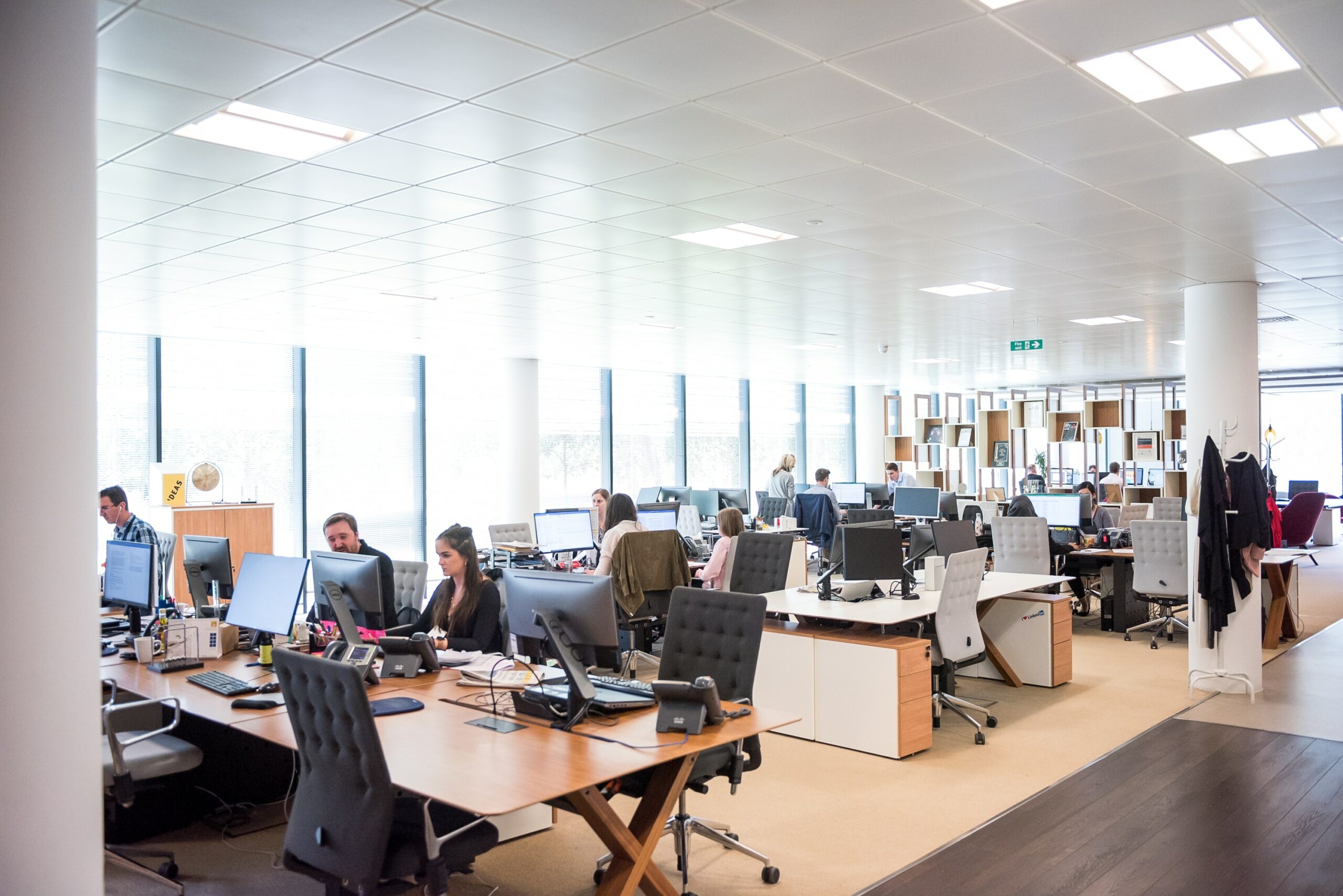As we stand at the intersection of technological advancement, shifting demographics and evolving employee expectations, the need to create a workplace for tomorrow has never been more significant. Transformed beyond recognition, today’s definition of ‘work’ is dynamic and driven by changes in every conceivable aspect.
It is pivotal for every organization to align its strategies to create a workplace that not only adapts to the challenges of the future but thrives. From embracing cutting-edge technologies to fostering a culture of inclusivity and adaptability, companies need to identify the key elements that will shape future workplaces.
Organizations with innovative, resilient and conducive work policies that promote employee wellbeing and organizational success will be the ones to gain a competitive edge.
The future is digital
Technology has revolutionized modern workplaces, allowing us to work and interact in entirely new ways. The ongoing digital transformation is a testament to this shift. Over the past few years, we have already witnessed automation and AI not only streamline repetitive tasks but also increase efficiency and reduce human error. A recent McKinsey report found that Generative AI could add between $2.6tn and $4.4tn worth of annual productivity globally. Increasing adoption of emerging technologies could also help the UK address its productivity crisis, as the latest figures by the Office for National Statistics indicate that output per hour worked was just 0.6 percent higher than its pre-pandemic 2019 average in the first quarter of 2023.
Organizations must continue to innovate to stay competitive or risk falling behind in today’s economic landscape. Embracing newer technologies and moving away from legacy infrastructure is an essential step in advancing the digital transformation journey. Newer technologies offer organizations the agility and flexibility needed to adapt to changing market conditions.
Legacy infrastructure often constrains innovation, making it challenging to respond to customer demands and emerging trends. Newer technologies foster enhanced collaboration and communication. By adopting modern solutions such as cloud computing, AI and IoT, businesses can enhance their capabilities and remain nimble. These technologies are allowing businesses to save company costs and allow collaboration across global teams. Transitioning from legacy infrastructure to digital platforms ensures that employees can collaborate effectively.
By embracing newer technologies, organizations can unlock their full potential and position themselves for long-term success in the digital age.
Traversing towards a skills-based approach
According to PwC‘s Workforce of the Future 2030 report, 74 percent of workers are ready to learn new skills or retrain to remain employable in the future. Unfortunately, employers around the world and in the UK are facing upskilling challenges and a potential workforce crisis consisting of an overall labor shortage plus a skills mismatch.
The issue of skill-based talent shortage is a pressing concern that threatens the country’s economic growth and global competitiveness. Even more, the rapid advancement of technology and evolving industry demands have created a significant gap between the skills possessed and the skills needed. To overcome this challenge, organizations need to practice a multi-faceted approach.
Businesses need to foster closer collaboration between educational institutions and industries as it can help tailor curricula to meet real-world skill requirements. Apprenticeship programs, internships and vocational training are great ways to offer hands-on experiences. Upskilling and reskilling initiatives should be promoted to support the existing workforce. Investing in workforce development, promoting a culture of continuous learning and offering competitive compensation packages can also be part of these efforts to empower individuals with the skills necessary to thrive in the modern workplace.
Embracing a hybrid working model
Embracing a hybrid working model is key to creating a future-ready workplace for several reasons. This model offers flexibility, a key attribute among the modern workforce. Employees can tailor their work environments to their needs, resulting in increased job satisfaction and better work-life balance. This, in turn, leads to improved retention rates and heightened productivity. Most people today prefer working in a hybrid model as it allows them to strike a perfect balance between office culture and working from home.
A hybrid model of working can significantly reduce a company’s environmental footprint. Reduced commuting translates into lower carbon emissions, aligning with corporate social responsibility goals and contributing to a greener future. Moreover, with the option of traveling to the office just two to three days a week, employees can save enough time and enjoy substantial cost savings!
The path forward
As we navigate an ever-evolving landscape of technology and societal changes, it becomes evident that the workplace of tomorrow must be flexible, innovative and resilient. It is crucial for organizations to navigate disruptions with grace. It is not merely a matter of keeping up with the times; it’s about leading the way in a rapidly changing world. The workplace of the future is one that values its workforce as its most precious asset and recognizes that an investment in its growth and wellbeing is an investment in the company’s own prosperity.




